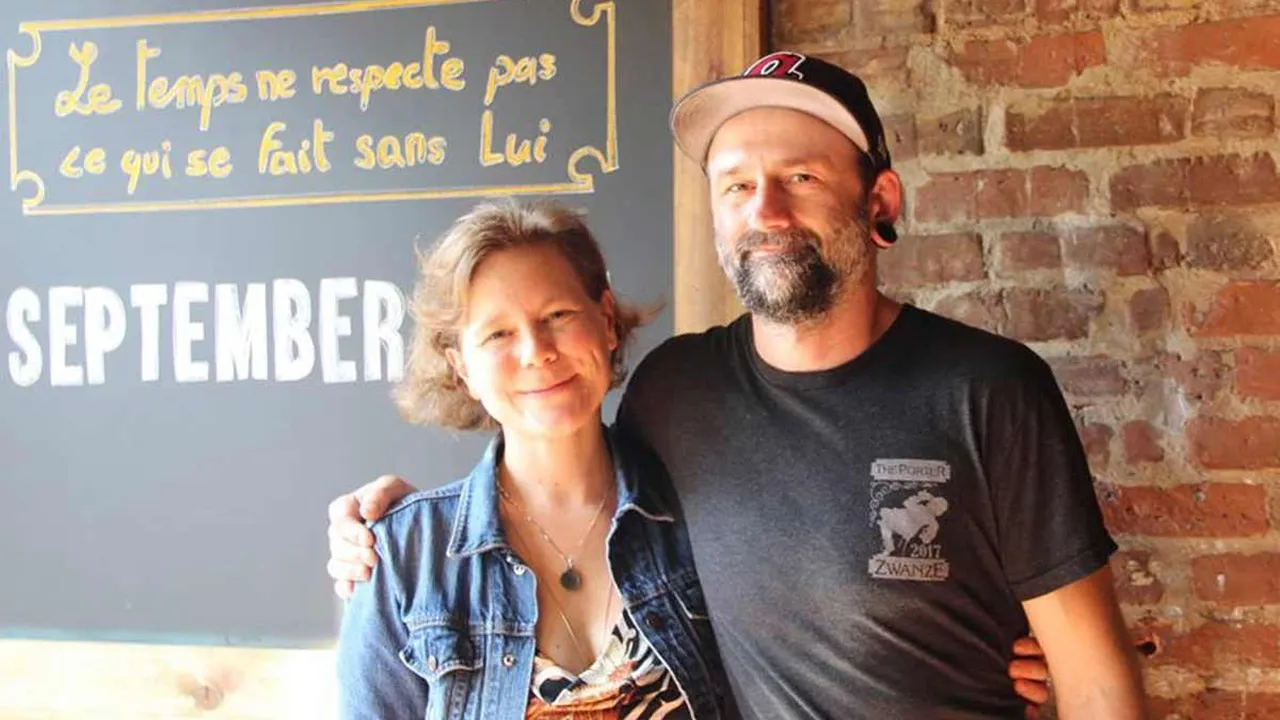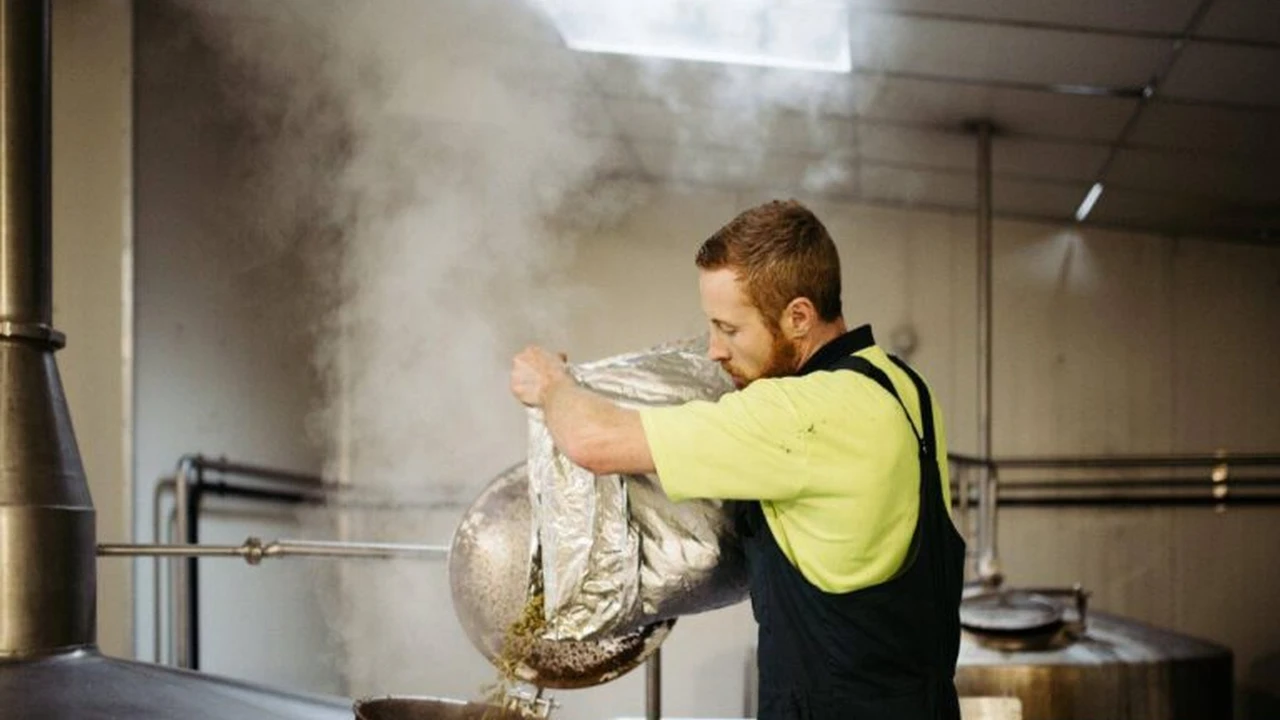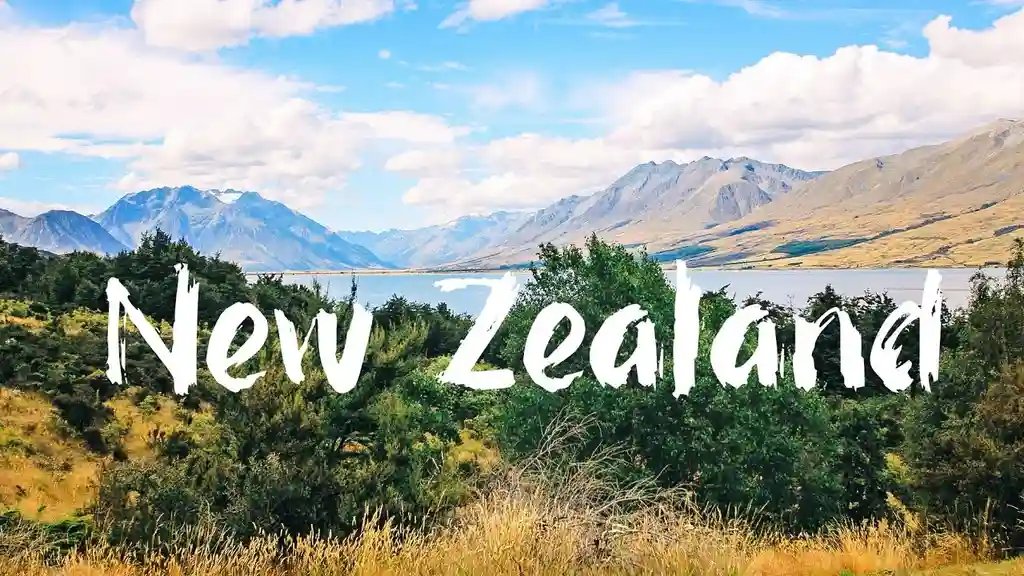New Zealand's Craft Beer Scene: A Guide
Sample meta description.

Exploring New Zealands Craft Beer History and Culture
Kia ora, beer lovers! New Zealand's craft beer scene is absolutely booming, and it's more than just a trend – it's a reflection of our Kiwi ingenuity and love for good times. Forget mass-produced lagers, we're talking about bold flavors, innovative brewing techniques, and a community that's passionate about sharing their creations. Think of it as a journey through New Zealand, one pint at a time. From the sunny shores of Nelson to the rugged landscapes of the South Island, every region has its own unique take on brewing. It's a far cry from the days when Lion and DB dominated the taps. Now, independent breweries are popping up everywhere, each with its own personality and a story to tell. The craft beer revolution here started a few decades ago, with pioneers like Mac's and Moa paving the way. These guys weren't afraid to experiment, and they laid the foundation for the vibrant scene we see today. And it's not just about the beer; it's about the experience. Visiting a local brewery is like stepping into a Kiwi's backyard – expect friendly faces, a relaxed atmosphere, and a genuine passion for the craft.
New Zealands Key Craft Beer Styles and Flavors
So, what kind of beers can you expect to find? Well, the options are endless! We've got everything from crisp, refreshing pilsners to rich, complex stouts. IPAs (India Pale Ales) are hugely popular, often showcasing the unique flavors of New Zealand hops. Think citrusy, tropical, and even piney notes. Pale Ales are another favorite, offering a more balanced and sessionable option. And for those who like something a little different, there are sours, saisons, and barrel-aged beers galore. What makes New Zealand beer so special? A lot of it comes down to our hops. Varieties like Nelson Sauvin, Motueka, and Riwaka are world-renowned for their distinctive aromas and flavors. These hops give our beers a unique Kiwi twist that you won't find anywhere else. Beyond hops, brewers here are also experimenting with local ingredients like manuka honey, kawakawa, and even feijoa. It's all about pushing the boundaries and creating something truly special.
Top Craft Breweries in New Zealand You Need to Visit
Alright, let's talk breweries! There are so many amazing ones to choose from, but here are a few that should be on your radar:
- Garage Project (Wellington): These guys are the kings of experimentation. Expect weird and wonderful creations, from hazy IPAs to barrel-aged sours. Their taproom is a must-visit.
- Parrotdog (Wellington): Another Wellington favorite, Parrotdog is known for their consistently excellent beers and their iconic branding. Their Bitterbitch IPA is a classic.
- Sawmill Brewery (Matakana): Located north of Auckland, Sawmill Brewery is all about sustainability and community. Their beers are delicious, and their brewery is a beautiful place to spend an afternoon.
- Moa Brewing Co. (Marlborough): One of the original craft beer pioneers, Moa continues to produce high-quality beers with a focus on traditional brewing techniques.
- Panhead Custom Ales (Upper Hutt): If you're into bold, hoppy beers, Panhead is the place to be. Their Supercharger APA is a crowd-pleaser.
- 8 Wired Brewing (Warkworth): Known for their innovative and experimental beers, 8 Wired uses a variety of techniques, including barrel aging and wild fermentation, to create unique and complex flavors. Their iStout is particularly well-regarded.
- Epic Beer (Auckland): Epic is known for their big, bold, hoppy beers. Their Armageddon IPA is a legend, and they consistently push the boundaries of flavor.
- Yeastie Boys (Wellington): Originally a gypsy brewery, Yeastie Boys now have a permanent home in Wellington. They're known for their quirky beers and their irreverent attitude.
New Zealands Craft Beer and Food Pairings
Craft beer and food – a match made in heaven! The right beer can elevate a meal to a whole new level. Here are a few pairing suggestions:
- Seafood: A crisp pilsner or a light pale ale pairs perfectly with fresh seafood like oysters, mussels, or grilled fish.
- Red Meat: A robust IPA or a dark stout complements the richness of red meat like steak or lamb.
- Spicy Food: A hoppy IPA or a refreshing wheat beer can help to cut through the heat of spicy dishes.
- Cheese: Different beers pair well with different cheeses. A pale ale goes well with cheddar, while a stout is a good match for blue cheese.
- Dessert: A sweet stout or a fruit beer can be a delicious accompaniment to desserts like chocolate cake or fruit pie.
Craft Beer Events and Festivals in New Zealand
If you're looking to immerse yourself in the craft beer scene, check out some of the many beer events and festivals that take place throughout New Zealand. Beervana in Wellington is the biggest and most well-known, but there are plenty of other great events to choose from.
- Beervana (Wellington): New Zealand's premier beer festival, featuring hundreds of beers from breweries all over the country.
- GABS (Auckland): The Great Australasian Beer SpecTAPular, a festival showcasing unique and experimental beers.
- MarchFest (Nelson): A celebration of Nelson's hop-growing heritage, with a focus on local breweries.
- Wildfoods Festival (Hokitika): While not exclusively a beer festival, the Wildfoods Festival features a great selection of craft beers alongside the unique culinary offerings.
Recommended Craft Beers and Tasting Notes in New Zealand
Okay, let's get down to the good stuff – specific beer recommendations! Here are a few of my favorites, along with tasting notes and price ranges (keep in mind prices can vary):
- Garage Project Pernicious Weed (IPA): This is a classic New Zealand IPA, bursting with tropical fruit and citrus aromas. It's hoppy but not overly bitter, with a smooth, balanced finish. Price: $8-10 per can. Ideal Scenario: Enjoying on a sunny afternoon after a hike or at a BBQ with friends.
- Parrotdog Bitterbitch (IPA): Another fantastic IPA, Bitterbitch is known for its assertive bitterness and complex hop flavors. It's a more intense IPA than Pernicious Weed, but still very drinkable. Price: $7-9 per can. Ideal Scenario: Pairing with spicy food or enjoying while watching a rugby game.
- Sawmill Pilsner (Pilsner): A crisp, clean, and refreshing pilsner with a subtle hop aroma. This is the perfect beer for a hot day or when you want something light and easy-drinking. Price: $6-8 per can. Ideal Scenario: Relaxing on the beach or enjoying with seafood.
- 8 Wired iStout (Imperial Stout): A rich, decadent imperial stout with notes of chocolate, coffee, and roasted malts. This is a beer to savor and enjoy slowly. Price: $10-12 per bottle. Ideal Scenario: Sipping by the fireplace on a cold winter evening.
- Moa Original (Pale Ale): A well-balanced and approachable pale ale with a subtle hop aroma and a clean finish. This is a great beer for those new to craft beer. Price: $5-7 per bottle. Ideal Scenario: Enjoying with a burger or pizza at a casual pub.
Comparing New Zealand Craft Beers: IPAs vs. Pale Ales vs. Pilsners
Let's break down the differences between some popular beer styles:
- IPAs (India Pale Ales): Generally the hoppiest and most bitter of the three. They often have strong aromas of citrus, tropical fruit, or pine. IPAs are typically higher in alcohol content than pale ales or pilsners. Example: Garage Project Pernicious Weed.
- Pale Ales: More balanced than IPAs, with a moderate hop aroma and a slightly bitter finish. They are often more sessionable than IPAs, meaning you can drink more of them without feeling too overwhelmed. Example: Parrotdog Bitterbitch (although some might consider this an IPA).
- Pilsners: Light, crisp, and refreshing lagers with a subtle hop aroma. They are typically lower in alcohol content than IPAs or pale ales and are very drinkable. Example: Sawmill Pilsner.
The Impact of New Zealand Hops on Craft Beer
New Zealand hops are a crucial ingredient in many of the world's best craft beers. Varieties like Nelson Sauvin, Motueka, and Riwaka are prized for their unique aromas and flavors.
- Nelson Sauvin: Known for its distinctive white wine-like aroma, with notes of gooseberry and passionfruit.
- Motueka: Offers a citrusy aroma with notes of lime and lemon.
- Riwaka: Another citrusy hop with notes of grapefruit and passionfruit.
Craft Beer and Sustainability in New Zealand
Many New Zealand breweries are committed to sustainability, using eco-friendly practices to reduce their environmental impact. This includes things like using renewable energy, reducing water consumption, and recycling waste. Sawmill Brewery is a great example of a brewery that prioritizes sustainability.
Craft Beer Tourism: Planning Your New Zealand Beer Trip
If you're planning a trip to New Zealand and you're a craft beer lover, you're in for a treat! Here are a few tips for planning your beer-focused itinerary:
- Research breweries in advance: Use websites like RateBeer and BeerAdvocate to find breweries that interest you.
- Consider a guided beer tour: Several companies offer guided beer tours in major cities like Wellington and Auckland.
- Rent a car: This will give you the freedom to explore breweries in more remote areas.
- Check brewery opening hours: Many breweries have limited opening hours, especially outside of major cities.
- Pace yourself: There are a lot of great beers to try, so don't overdo it!
The Future of Craft Beer in New Zealand: Trends and Predictions
What does the future hold for craft beer in New Zealand? Here are a few trends and predictions:
- Continued growth: The craft beer scene is expected to continue to grow in popularity.
- More experimentation: Brewers will continue to experiment with new ingredients and brewing techniques.
- Increased focus on sustainability: More breweries will adopt eco-friendly practices.
- Greater collaboration: Breweries will increasingly collaborate with each other to create unique and exciting beers.
- Non-Alcoholic Craft Beer: Expect to see more high-quality non-alcoholic options entering the market.
:max_bytes(150000):strip_icc()/277019-baked-pork-chops-with-cream-of-mushroom-soup-DDMFS-beauty-4x3-BG-7505-5762b731cf30447d9cbbbbbf387beafa.jpg)






